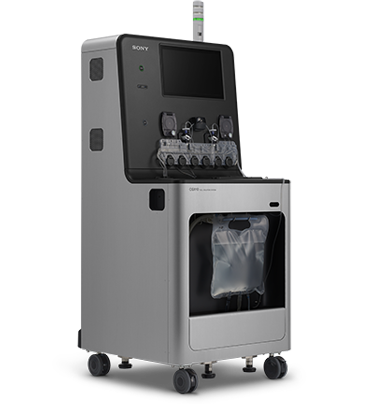-
Sign In
-

-
 Sony Biotechnology
Sony Biotechnology
-

-
 Sony Biotechnology
Sony Biotechnology
-
Make the Connection: Cell Sorting to Separate Brain Cells

Cell sorting is a valuable technique for isolating cells from mixed populations. This technique can be challenging when working with tissues such as brain, as it requires single cell suspensions. With recent advances in genome editing and fluorescent protein applications, the interest in sorting brain cells has been increasing. Several studies have been published in which scientists have successfully isolated stem cells from whole brain homogenate using cell sorting.
Guidelines for sorting brain cells.
- The methods chosen to dissociate brain tissue for obtaining single cells should be gentle and impart low shear stress in order to preserve cell surface antigens and cell viability.
- The desired region of the brain is dissected and the relevant tissue is minced.
- Cells are further isolated through enzymatic digestion using papain or EDTA based Accutase.
- Large debris and cell clusters should be removed by filtering through mesh prior to staining and sorting.
- Viability dyes such as DAPI should be included to monitor cell death and consistency of experiments or quality of cell preparation.
References
Daynac M, et al. "Cell Sorting of Neural Stem and Progenitor Cells from the Adult Mouse Subventricular Zone and Live-imaging of their Cell Cycle Dynamics." J Vis Exp. 103 (2015) PubMed
Wylot B, et al. "Isolation of vascular endothelial cells from intact and injured murine brain cortex—technical issues and pitfalls in FACS analysis of the nervous tissue." Cytometry A. 87.10 (2015): 908-920. PubMed
Guez-B, et al. "FACS purification of immunolabeled cell types from adult rat brain." J Neurosci Methods 203.1 (2012): 10-18. PubMed


